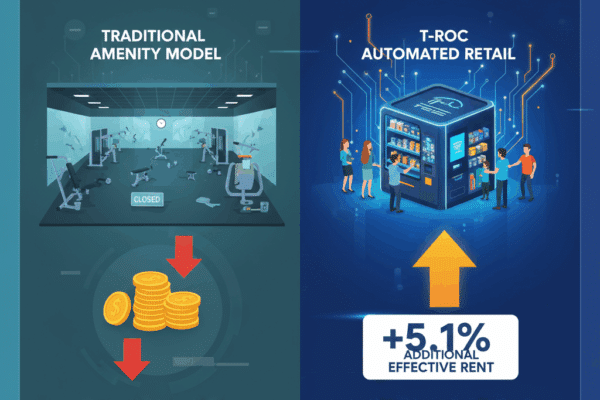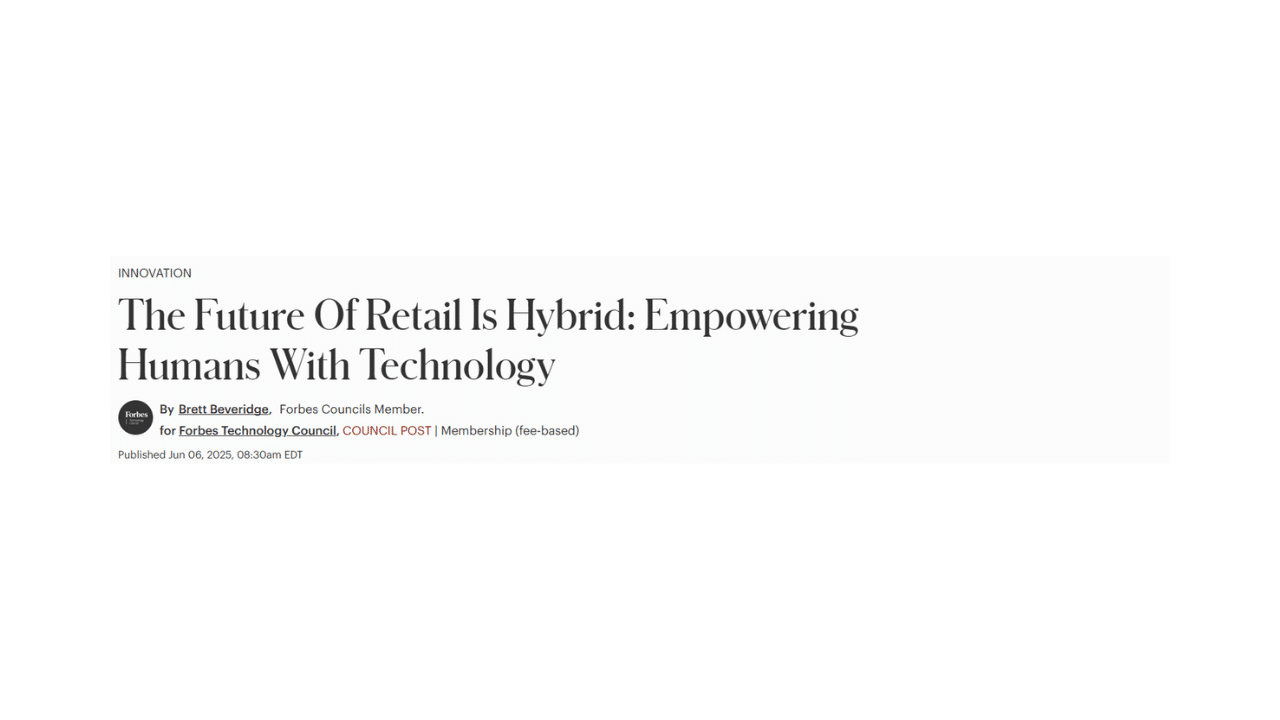After leaving a retail store where I had made a return, I witnessed the store associate dumping several returned items into the trash. I asked him what he was doing. He said the company advises them to discard returns that are too expensive to process. It was an unbelievable moment—I realized how much waste customer returns create.
According to
National Retail Federation, in 2023, U.S. retailers faced approximately $743 billion in merchandise returns, representing 14.5% of total retail sales. With that many returns, imagine the cost of staffing, packaging and shipping that retailers must absorb. It is an incredibly wasteful revenue killer.
This waste inspired me to look at the technologies at our fingertips today and explore how they can help optimize the returns process. Let’s review five tech applications that I have personally seen enhance workflows and create efficiencies for Fortune 500 companies.
Return fraud is a major concern for retailers. When stolen or used items are returned, it creates financial and time losses. Technology can help, and blockchain stands as a powerful tool.
Blockchain can create a transparent record showing product origin, purchase date and return history. It tracks the item throughout its cycle, allowing retailers to verify the condition and authenticity of returned items. For example, a blockchain-based system could log a customer’s return history, helping retailers deter fraud and decide whether to accept a return. It is especially useful for warranties or defective products, offering a reliable record for reference.
One example oif this is
Project Unlock from Lowe’s, which combines RFID technology with blockchain to prevent theft and fraudulent returns. Each product is equipped with an RFID chip containing a unique serial number. After purchase, the product is activated and recorded on the blockchain. Stolen items remain inactive, and their status is shown on the blockchain ledger, discouraging fraudulent returns and resale.
If you’re looking to implement blockchain, start small with a pilot system in high-fraud categories like electronics or apparel, where return abuse is most common. Seek trusted providers to build a secure, scalable system that integrates with existing inventory and point-of-sale (POS) data.
One leading cause of returns is poor fit or unexpected appearance. Augmented reality lets customers virtually try on clothing or preview home items in their space before buying. Examples of this include
IKEA Place, which lets customers virtually position 3D models of furniture within their home. Another is the
Nike Fit tool, which uses augmented reality (AR) to scan a customer’s feet and recommend the best shoe size—eliminating the need to order various sizes and return them.
Virtual fitting rooms and AR apps reduce guesswork, which I believe can reduce returns. It’s something we’ve experienced with clients looking to save customers time and ensure they’re happy with the products they purchase from the start.
When implementing virtual reality (VR) and AR, think beyond online. Use them in-store to enhance product discovery, showroom experiences or staff training. Make the experience seamless with tools that integrate into your platforms and systems easily—ensuring staff are trained and excited to use them.
Mobile apps allow customers to initiate and track returns, helping with loyalty and digitizing the workflow. Technology in mobile apps is streamlining returns, making it more efficient and customer-friendly. Examples of this include
Walmart’s Mobile Express Returns in its app. Customers can initiate a return, receive a QR code and complete the return at a special express lane in-store. There’s also
Returned.com, which leverages an app that has an AI-powered assistant and a support team to manage returns across 82 retailers, including Target, Nike and Lululemon. It offers one-click return initiation, return tracking and drop-off locations.
Leaders like Walmart and Returned.com are setting the standard with mobile apps that simplify returns and build customer trust. If you’re a retailer, integrate return features directly into your existing app. The key is to make returns as effortless as the purchase.
Collaborating with specialized third-party partners allows retailers to offer smooth return options that customers expect. For instance,
Happy Returns enables customers to return items without boxes or labels at many “return bar” locations, including The UPS Store and Staples. This makes it easy on the customer and reduces logistics costs.
When it comes to return volumes, DHL and its acquisition of Inmar Supply Chain Solutions is one of the first examples that comes to my mind. It makes
DHL one of the largest providers of returns processing in North America, meaning it can rapidly improve the process for customers and retailers alike.
Strategic partnerships are not just about handling returns—they’re about enhancing the customer experience, building trust and driving loyalty. I urge all organizations to prioritize partnerships that deliver faster, simpler returns while reducing operational friction.
Leveraging AI is no longer optional—it’s essential in today’s retail environment.
As discussed above, IKEA and Nike use AI-powered fit tools and try-on features to assist customers in selecting the right item and visualizing it before they buy.
Companies like
Stitch Fix also use AI-driven recommendation algorithms to personalize clothing selections, ensuring better fit and style matches. They analyze entire outfits, from shirts to shoes, to recommend a look for customers.
To implement AI effectively, evaluate two critical areas: customer data, to understand shopper behavior, and operational capability, to determine what the business can realistically support in terms of budget and staffing. To cut packaging waste, consider in-person returns via kiosks supported by a virtual ambassador and AI tech.
My Commitment To Making Returns Smarter
The waste I witnessed years ago still drives my commitment to make returns smarter. Today, we have the opportunity to solve this problem with existing technologies—from blockchain and AI to mobile apps and AR. These tools can cut costs and reduce fraud while enhancing the customer experience and building trust.
Returns will always be part of retail—but waste and inefficiency don’t have to be. Now is the time for us to lead with innovation and responsibility.
Source :
Forbes Technology Council 
T-ROC Staff
Jul 30, 2025
6 mins read





![Interested in what we can do for you? T-ROC can help you boost sales, improve store performance, and deliver consistent results across every location. {{ include_custom_fonts({"Telegraf":["Bold","Regular","Semi Bold"]}) }}](https://no-cache.hubspot.com/cta/default/5402108/interactive-194343103657.png)
![Interested in what we can do for you? T-ROC can help you boost sales, improve store performance, and deliver consistent results across every location. {{ include_custom_fonts({"Telegraf":["Bold","Regular","Semi Bold"]}) }}](https://no-cache.hubspot.com/cta/default/5402108/interactive-194273307789.png)



